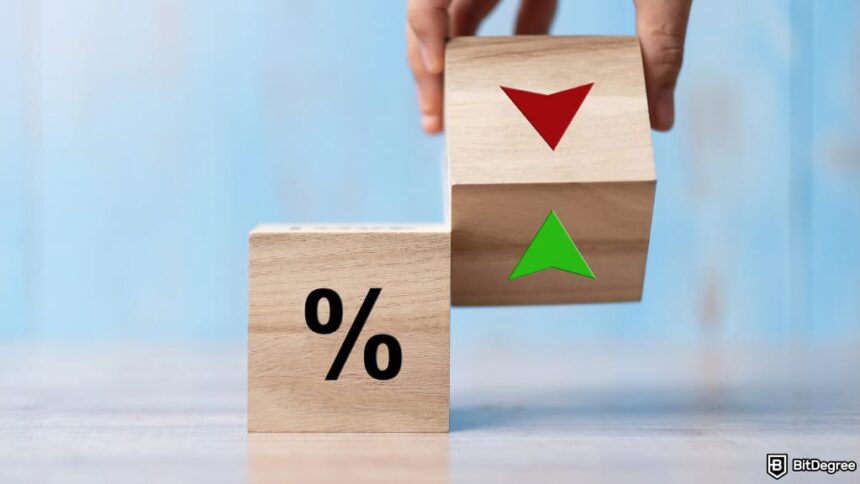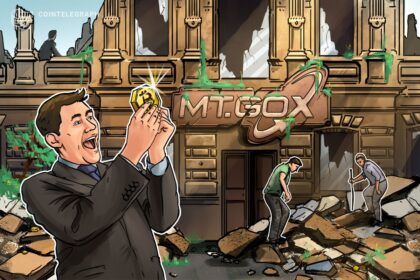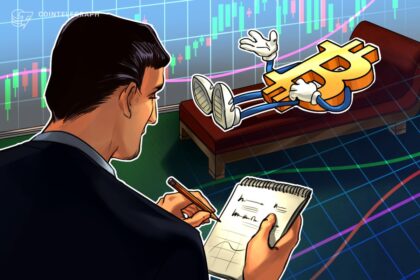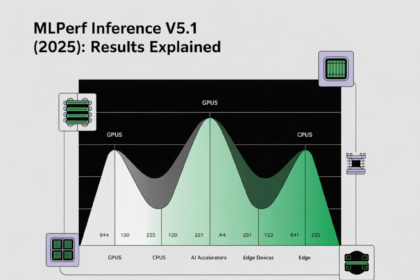Phew, okay, where do I start…
Last time we checked in on Wednesday, Bitcoin was at around $117K, Ethereum was at $3.7K, and the other top altcoins were higher as well…
And yeah, we skipped two days of the newsletter – but it’s just a coincidence. We had nothing to do with the downturn.
So… wtf actually happened?
Well, traders went risk-off. And you can see it not only in crypto prices but in ETFs too:
👉 Bitcoin ETFs ended last week with $927.1M in outflows;
👉 Ethereum ETFs lost $152.3M on Friday alone.
Still… why?
|
Stop looking at me like that – I SWEAR I didn’t do anything.
Macro stuff is to blame here. Let’s walk through it 👇
1/ The Fed meeting
The Fed kept interest rates the same.
No surprise there – markets were already 98% sure this was gonna happen. So this wasn’t that big of an issue.
The real drama came afterward, when Fed Chair Jerome Powell spoke at the post-meeting press conference. Markets were hoping he’d sound more relaxed – maybe drop hints about rate cuts starting in September.
Well… he didn’t.
Instead, he said the Fed is ready to cut rates if needed, but didn’t give any clear signs it would happen soon. His comments were a bit more cautious than people wanted.
That disappointed the market – and it showed.
Earlier last week, traders thought there was a 65% chance the Fed would cut rates in September. After Powell’s press conference, that dropped to 43%.
Still, a lot can change before the next Fed meeting on September 17.
Specifically, the Fed’s watching two things:
👉 Inflation;
👉 The job market.
If inflation cools down or the labor market weakens, a rate cut becomes more likely.
Which brings us to…
2/ June PCE data
The day after Powell’s speech, we got new Personal Consumption Expenditures (PCE) numbers.
PCE tracks how much Americans are spending on goods and services – and it’s the Fed’s fave way to measure inflation.
Here’s the logic: If people spend more → demand rises → businesses struggle to keep up → prices go up = inflation.
And… the latest numbers came in hotter than expected:
👉 June PCE inflation: 2.6% (vs. 2.5% expected);
👉 Core PCE inflation: 2.8% (vs. 2.7% expected).
That’s two months in a row of inflation rising.
So yeah, not ideal if you’re hoping for rate cuts.
|
But then, something else happened.
3/ July jobs report
On Friday, we got the July jobs report, which revealed that the US added only 73K new jobs.
That’s much lower than the expected 106K.
But that wasn’t the part that had everyone shook – it was the fact that the May and June numbers were heavily revised. Like, really heavily:
👉 May: from ~144K jobs down to just 19K;
👉 June: from ~147K to only 14K.
That’s a total of 258K jobs erased from the record. That’s a huge downward correction – and it’s a sign the job market is slowing down.
And that changed market sentiment almost instantly – traders are now pricing in an 83.7% chance of a rate cut in September.
Because, like we said, the Fed needs one of two things to justify cutting rates:
❌ Lower inflation (which we’re not seeing yet), or
✅ A softer job market (which just showed up).
If hiring continues to slow, the Fed may have no choice but to cut rates – even if inflation stays elevated.
So, the next jobs report will be critical.
We’ll have to wait and see.












